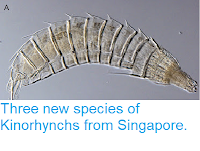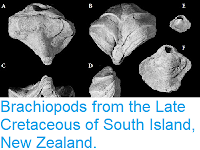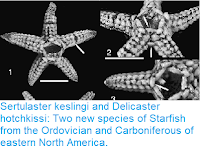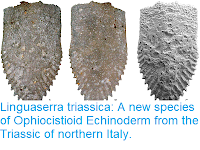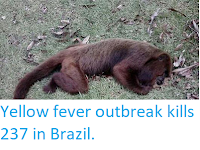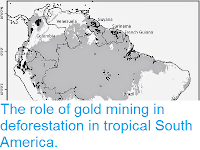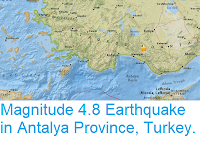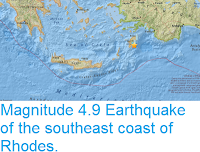The United States Geological Survey
recorded a Magnitude 4.1 Earthquake at a depth of 10.0 km, approximately 3 km to the southwest of the town of Grębocice in Lower Silesia
Province, Poland, slightly before 1.55 pm local time (slightly before 12.55
pm
GMT) on Tuesday 29 January 2019. The event was felt across much of southeast Poland, and caused a roof collapse at a copper mine at Rudna, trapping eight miners. Seven of these miners have now been rescued and are being treated at a local hospital for non-life-threatening injuries, while one remains missing.
The approximate location of the 29 January 2019 Lower Silesia Earthquake. USGS
Poland is in northern Europe, an area not noted for its Earthquakes, but
not completely immune either. Like other areas where Earthquakes are
uncommon, it is seldom possible to give a precise cause for Polish
Earthquakes, with both probably being the result of more than one source
of tectonic pressure. The strongest source of tectonic stress in
southern Poland is the impact of Africa with Europe, far to the south.
This is causing uplift and folding in the Alpine region of Central
Europe, and exert pressure on the rocks further to the north. There are
also areas of minor tectonic spreading beneath the Rhine Valley and
North Sea, both of which cause stress over a wide area. Finally there is
glacial rebound; until about 10 000 years ago much of northern and
upland Europe was covered by a thick layer of glacial ice, pushing the
rocks of the lithosphere down into the underlying mantle. This ice is
now gone, and the rocks are slowly springing back into place, causing
occasional Earthquakes in the process.
Witness
accounts of Earthquakes can help geologists to understand these events,
and the structures that cause them. The international non-profit
organisation Earthquake Report is interested in hearing from people who may have felt this event; if you felt this quake then you can report it to Earthquake Report here.
See also...
Follow Sciency Thoughts on Facebook.










